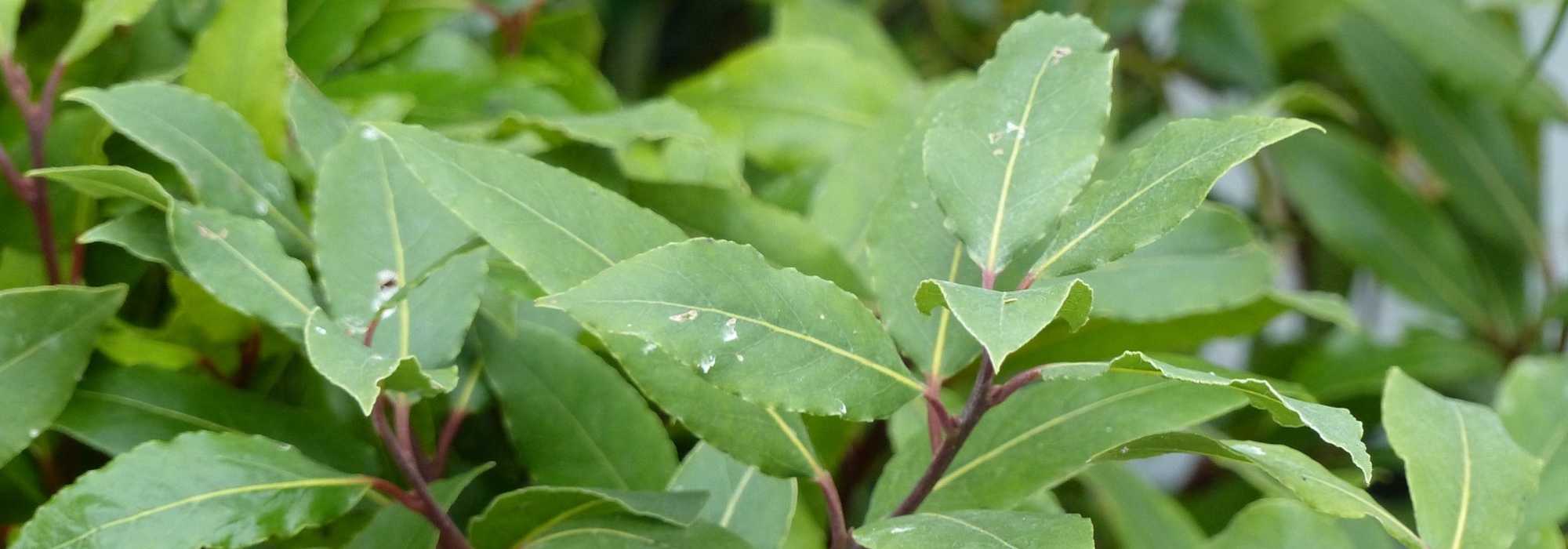
Bay laurel in 10 questions and answers
and our tips
Contents
The Bay laurel (Laurus nobilis), also known as Apollo’s laurel or noble laurel, is one of the few trees whose leaves are used in cooking in our latitudes. This species, reaching 5 m in height and 2-3 m in spread when cultivated, is both decorative and useful. Here are the answers to the 10 most frequently asked questions you may have.
Can bay laurel be planted everywhere in France?
Bay laurel tolerates all soils and exposures even though the fragrance of the leaves induced by their essential oil content is enhanced when the plant receives full sun. Its hardiness does not exceed -16°C, so its cultivation area is mainly limited to the south of the Loire, along the coasts and otherwise in sheltered spots from cold winds by a well-exposed wall. It tolerates container cultivation well as well as pruning, making it easy to use as a decorative plant shaped into a pyramid, cone, spiral, or ball in temporary displays. It can be kept in a conservatory or a bright, unheated room during winter.
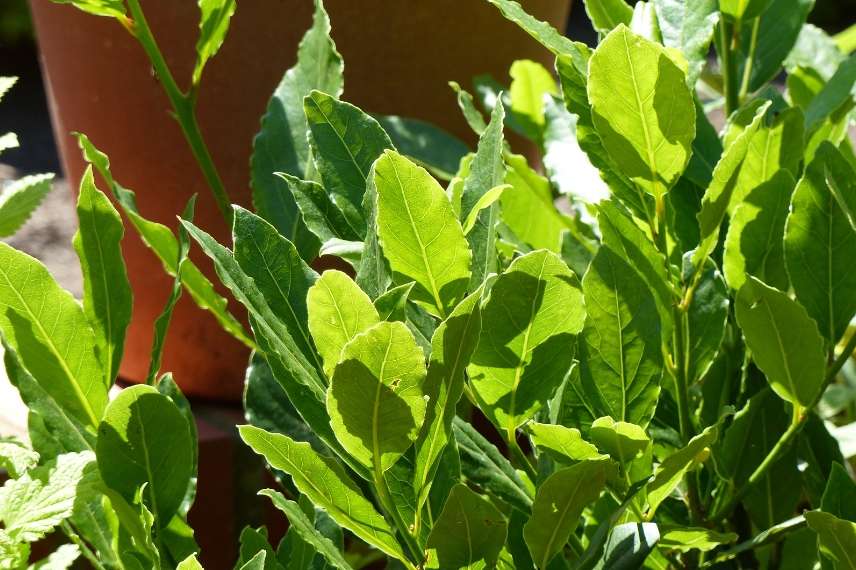
How to identify bay laurel?
It often happens that bay laurels have escaped from gardens due to seed sowing by bird droppings. They can be found in undergrowth, in fallow areas, on pavements… To avoid confusing them with cherry laurel, Portuguese laurel, or oleander, which are toxic, simply pick a leaf:
- The absence of white latex clearly indicates that it is not oleander (Nerium oleander).
- Next, just crush the leaf and smell it to recognise the strong and unmistakable scent of bay laurel.
- Its leaf, with a slender pale yellow or reddish petiole, is thinner and generally much smaller than that of common cherry laurels. The latter snap like plastic and their petiole is thick and pale yellow.
- Its leaf is also narrower, less shiny, with a wavy edge and not dentate compared to that of Portuguese laurel.
- The overall colour of the foliage of bay laurel is dark green rather matte, the flowering is clustered instead of being in clusters, which clearly distinguishes it from laurel types Prunus laurocerasus (cherry laurel, palm laurel) and lusitanica (Portuguese laurel).
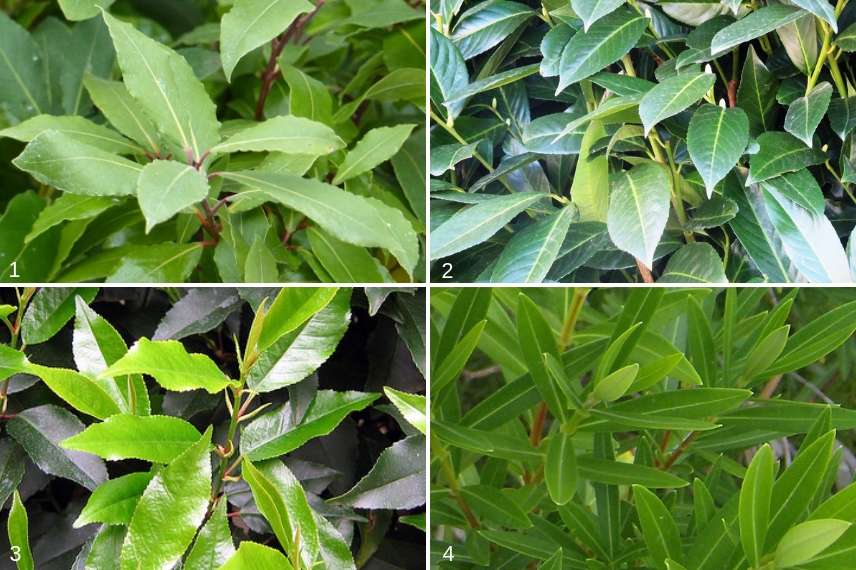
1. Bay laurel (Laurus nobilis) 2. Cherry laurel (Prunus laurocerasus) 3. Portuguese laurel (Prunus lusitanica) 4. Oleander (Nerium oleander)
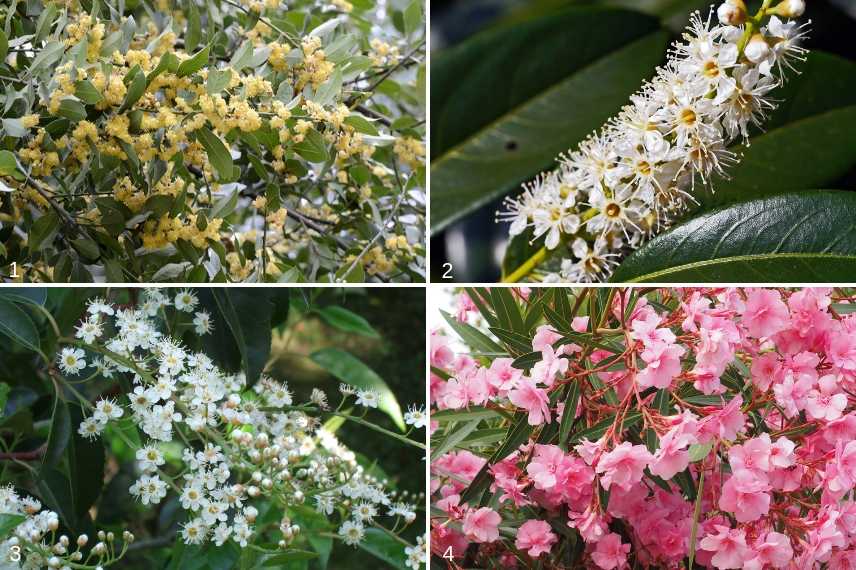
1. Bay laurel (Laurus nobilis) 2. Cherry laurel (Prunus laurocerasus) 3. Portuguese laurel (Prunus lusitanica) 4. Oleander (Nerium oleander)
Discover other Laurels
View all →Available in 3 sizes
Available in 4 sizes
Available in 1 sizes
Available in 1 sizes
Available in 1 sizes
Available in 1 sizes
Available in 1 sizes
Available in 1 sizes
Available in 1 sizes
Available in 2 sizes
Can a bay laurel hedge be formed?
This species of fairly moderate height is highly suitable for forming hedges, especially in Mediterranean regions as it perfectly withstands scorching summers and soil drought, but it also thrives in Breton climate.
The plant is, however, vigorous, particularly in warm climates, and its growth of 30 to 50 cm per year requires regular pruning to maintain the hedge at 2 m in height. Space the young plants 1 m apart to create a monospecific hedge. It makes an excellent windbreak with no maintenance if you have the space. You can then space the plants further apart, up to 1.5 m or 2 m, and intersperse with Provence cypress and Pittosporum.
When and how should bay laurel be pruned?
Lpruning is carried out if necessary after the flowering to allow bees to forage. In fact, this evergreen bush can undergo 2 to 3 prunings a year if you want to maintain it within a certain volume. Operate a second time in September-October as soon as the new shoots reach 15 to 20 cm with shears or a hedge trimmer, always leaving some new shoots at the base. Occasionally, prune lower but without going down to the naked wood. A third pruning can be carried out in March on the topiaries.
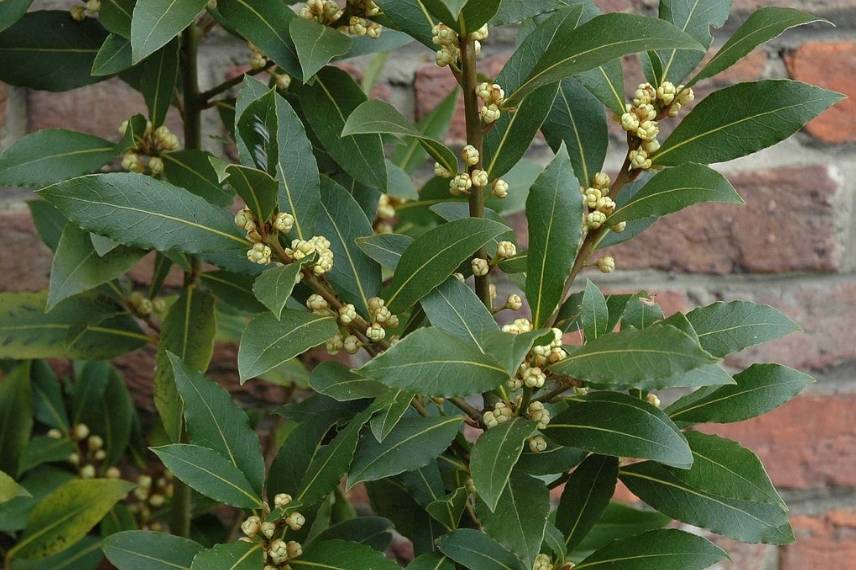
Laurus nobilis (photo daninbrighton-flickr)
Can you severely prune a bay laurel?
This bush easily regrows from a trunk cut 20 cm above the soil. It produces multiple shoots that you can select to limit their number and conduct a standard training.
Cutting back can thus be carried out when a severe frost has burned all the foliage or when the plant has become too large or has become bare at the bottom.
How to propagate bay laurel?
Yes, bay laurel can be propagated by cuttings. Here’s when and how to proceed:
- At the end of summer (August-September), take half-lignified shoots from the current year, about 15 cm long.
- Remove half of the foliage and dip the base of the cutting in plant hormone.
- Insert the cuttings one-third of their length into a mixture of soil and sand and place in a partially shaded location.
Rooting is quite slow and may take 2 months.
- After 2-3 months, transplant the cuttings into pots filled with 2/3 potting soil and 1/3 sand.
- Keep the young plants at 10-15°C during the first winter, then plant them in the ground in spring.
Spontaneous sowings are easy to extract, but it should be noted that there are male and female plants in bay laurel, so you will not see any fruits, let alone seeds, if you have a male.
When to harvest bay leaves?
Leaves can be harvested throughout the year while avoiding the flowering period which makes them more bitter. Their flavour is more pronounced when fresh, but they store well when dried:
- Take cuttings to reshape the bush.
- Form a bouquet and hang it upside down to dry in a dark, well-ventilated room.
- Store them in a container away from light and moisture.
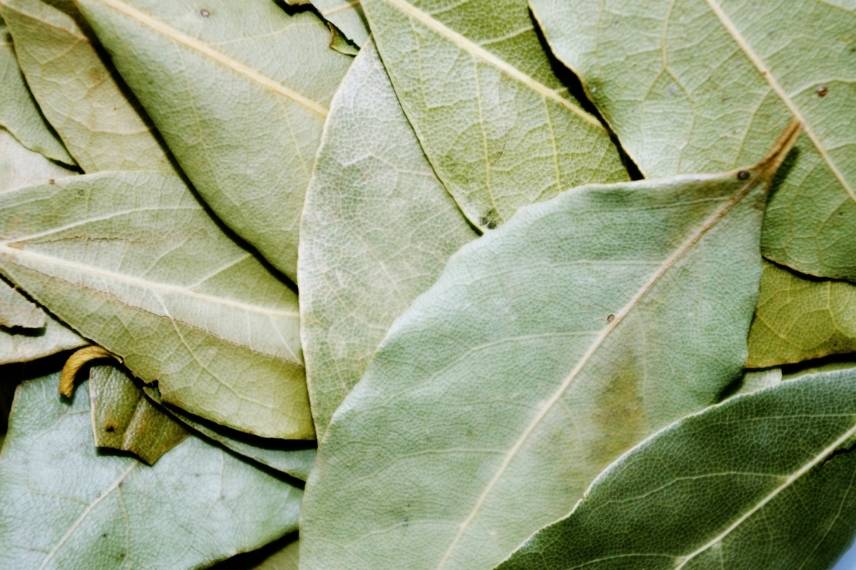
Are bay leaves toxic?
No, as its leaves (2-3 leaves for a dish) are used in the famous bouquet garni with thyme and rosemary. They are not eaten but are infused in the broth or sauce for the entire cooking time and then removed from the dish before serving. Avoid blending them as they are tough and would impart a bitter taste to the dish.
In addition to the flavour they provide, they also stimulate the appetite.
In large doses, bay laurel can have vomiting effects.
What are the medicinal properties of bay leaves?
Bay leaves contain 2 to 4% essential oils that aid digestion and particularly prevent bloating. Baths containing infused leaves also soothe joint and muscle pain, serve as antiseptics against urinary or skin infections. Bay laurel is also a stimulant that is used to treat flu-like symptoms and relieve sore throats.
The fragrance and antiseptic and bactericidal properties of the essential oil from Laurus nobilis are used in gentle Marseille soaps.
“Bay butter” is an oil extracted from pressing the fruits that acts on joint pain.
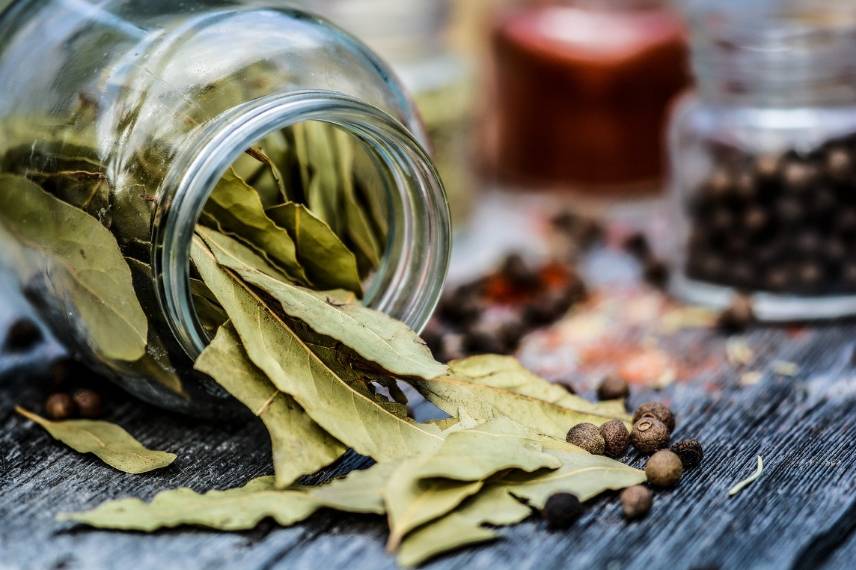
How can the insecticidal properties of bay leaves be used?
Indeed, the leaves contain an isoquinoline alkaloid that provides a repellent effect on certain insects. One can thus fill a vase with branches of laurel in water to keep flies away and purify the air in a room.
To find out more
- To learn everything, read our complete sheet on Bay Laurel: planting, care, and pruning.
- Subscribe!
- Contents
































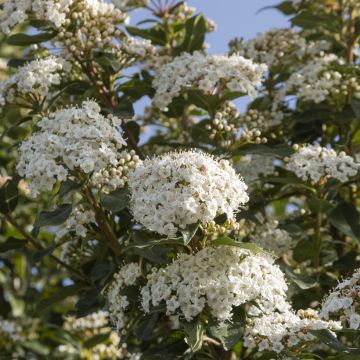

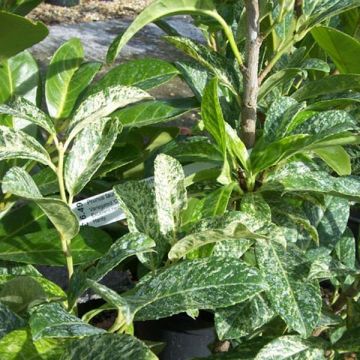
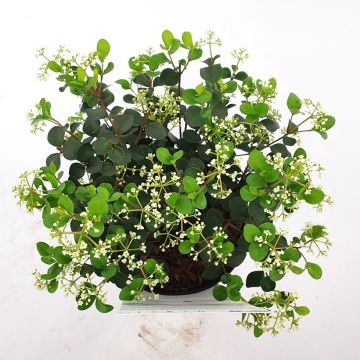
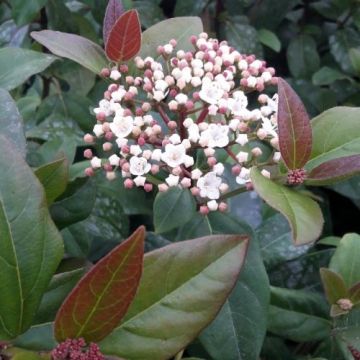
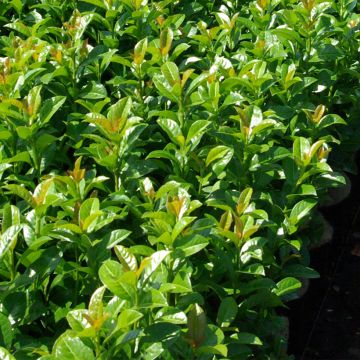

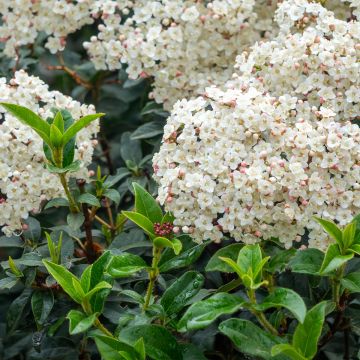
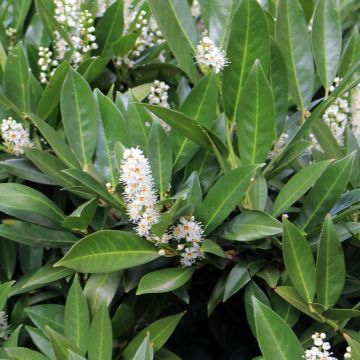
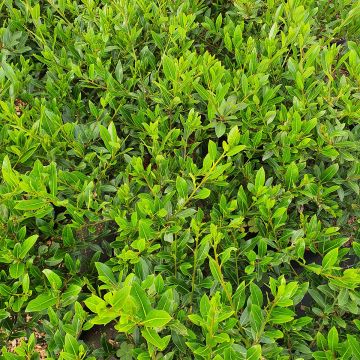
Comments